Common Calendula Uses: What To Do With Calendula Flowers
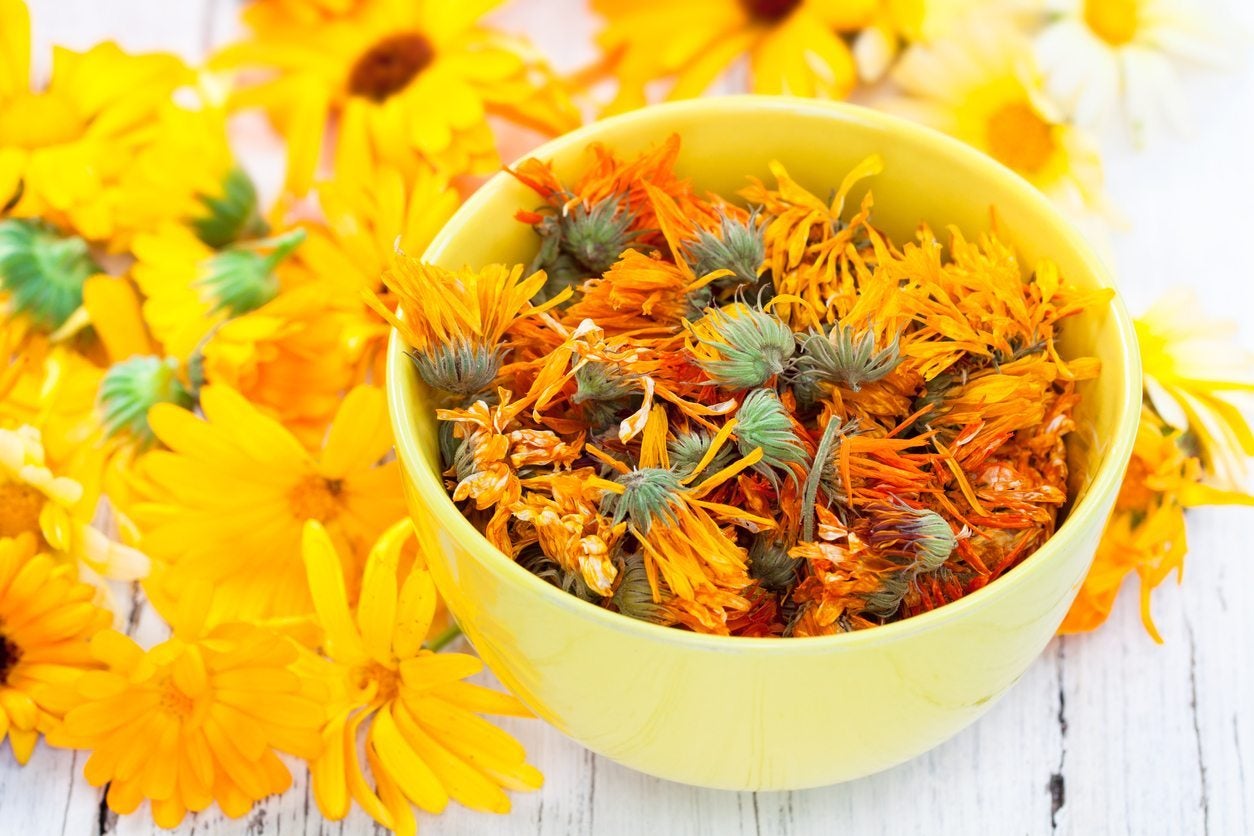

Native to the Mediterranean, calendula is a plant that has been used medicinally for centuries. It’s a pretty plant to grow in the garden, but there are also a lot of calendula uses that you could try. Make your garden work for you with these tips for what to do with calendula.
Calendula Benefits
Also known as pot marigold, calendula is a pretty, bright flower that adds cheer to garden beds. But did you know that this is also a medicinal plant? You should always talk to your doctor before trying any kind of herbal or supplement, but if calendula is safe for you, there are some medicinal purposes it may serve:
- Helping wounds and burns heal faster
- Treating hemorrhoids
- Reducing skin inflammation
- Preventing dermatitis
- Healing ear infections
- Healing diaper rash
- Reducing inflammation
- Helping to heal various skin ailments, like acne, eczema, and rashes
How to Use Calendula
Using calendula flowers medicinally usually involves preparing topical applications. Most remedies use dried flowers, so harvest your calendula flowers and give them time to dry. Some of the things you can do with those dried flowers to promote skin health include:
- Adding the flowers to sugar for a simple sugar scrub.
- Making a balm for diaper rash and other conditions using coconut oil and beeswax.
- Infusing the dried flowers in water to make a facial toner.
- Using calendula flowers in homemade soap recipes.
- Using calendula in aloe vera gel for sunburn relief.
- Making a salve with olive oil and other herbs to treat mild burns.
You can also use the dried flowers of calendula to make a simple tea that reduces inflammation and promotes healing from infections and sore throat. Just steep about a quarter cup (60 mL.) of dried petals in a cup (240 mL.) of boiling water and strain to enjoy. While calendula has many potential benefits, it’s important to never use a new herbal plant or product without first checking with your doctor to be sure it is safe. Calendula is safe for most people, but it should not be used by pregnant women or anyone allergic to plants in the aster or daisy family. There may be some interactions between this herb and specific medications.
Gardening tips, videos, info and more delivered right to your inbox!
Sign up for the Gardening Know How newsletter today and receive a free copy of our e-book "How to Grow Delicious Tomatoes".

Mary Ellen Ellis has been gardening for over 20 years. With degrees in Chemistry and Biology, Mary Ellen's specialties are flowers, native plants, and herbs.
-
 Types Of Tomatoes Explained: Explore The Many Wonderful Shapes, Colors, Flavors, & Best Uses
Types Of Tomatoes Explained: Explore The Many Wonderful Shapes, Colors, Flavors, & Best UsesThe world of tomato varieties is vast and fascinating. Learn about the key types to grow in your garden, tailored to your preferences and space.
By Amy Grant
-
 Try The Trend – Turn Any Bed Into A Keyhole Garden With This Clever In-Ground Composter
Try The Trend – Turn Any Bed Into A Keyhole Garden With This Clever In-Ground ComposterKeyhole gardening is an efficient and sustainable practice that saves space. Get started on this DIY project quickly and easily with an in-ground composter.
By Bonnie L. Grant
-
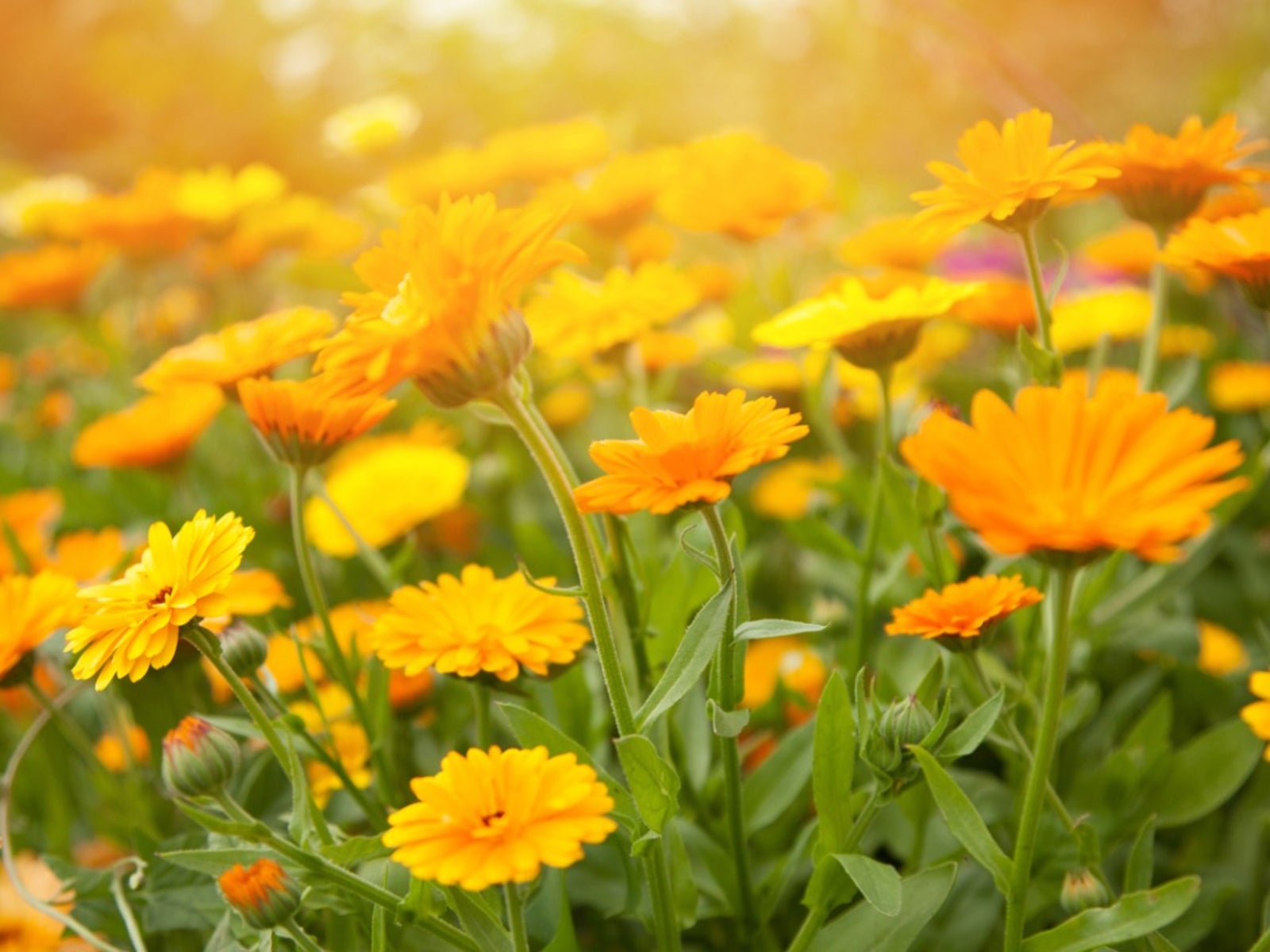 Common Diseases Of Calendula – How To Treat Sick Calendula Plants
Common Diseases Of Calendula – How To Treat Sick Calendula PlantsUseful to treat a variety of medical ailments calendula may be, but that doesn’t mean calendula doesn’t get its own share of plant diseases. Click this article to learn about diseases of calendula and managing diseased calendula plants.
By Amy Grant
-
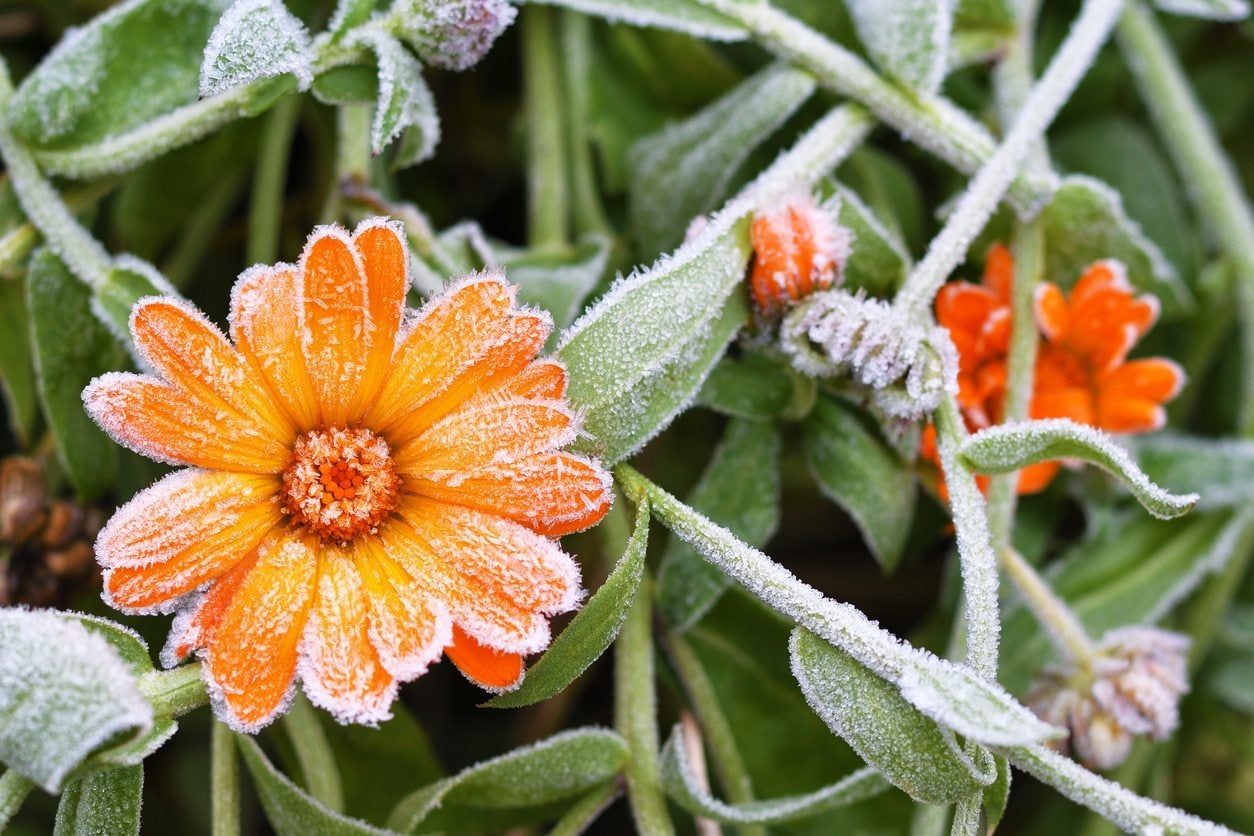 Calendula Winter Care – How To Keep Calendula Over Winter
Calendula Winter Care – How To Keep Calendula Over WinterAlthough some varieties are short-lived perennials in zones 8-10, most gardeners grow calendula as annuals. Calendula winter care isn't necessary when they are grown as annuals, but this article will discuss what to do with calendulas in winter.
By Darcy Larum
-
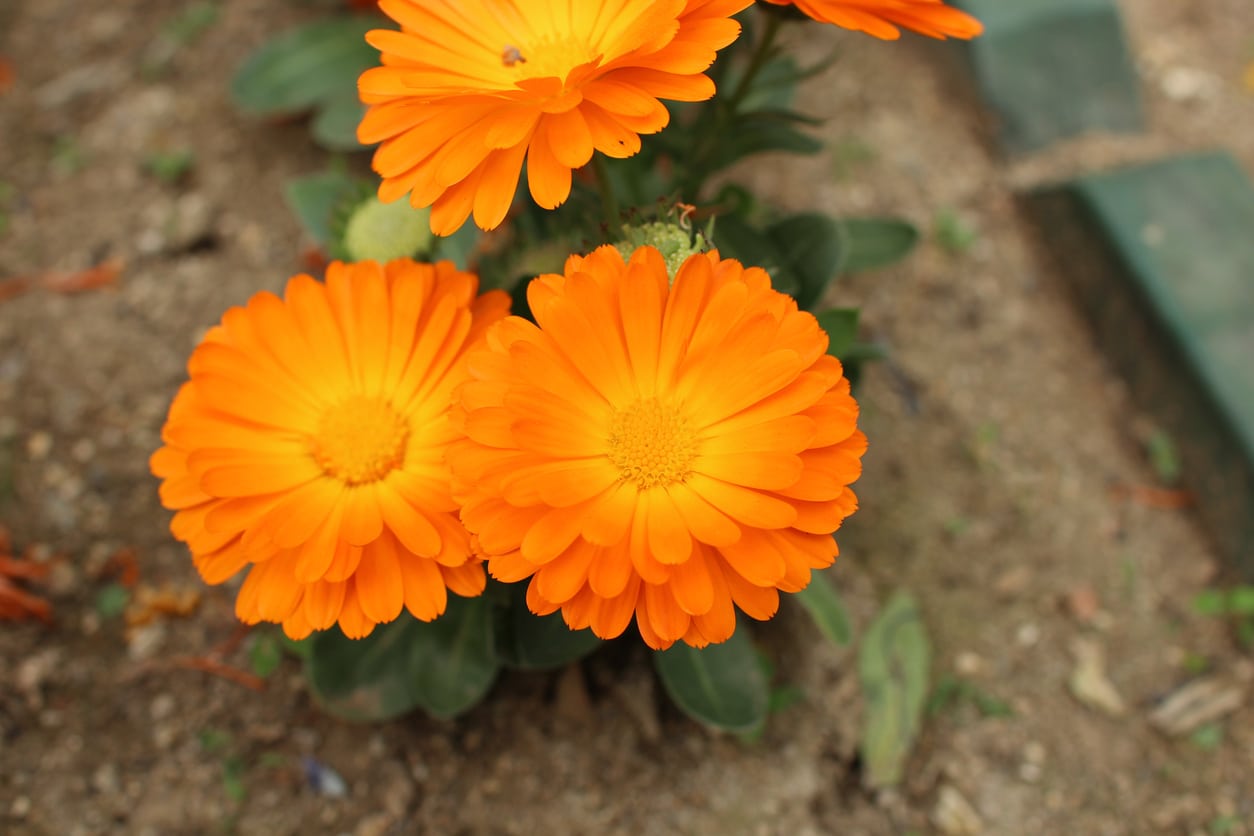 Common Calendula Problems – Learn About Calendula Pests And Diseases
Common Calendula Problems – Learn About Calendula Pests And DiseasesThere are 15 species in the calendula genus, each easy to grow and fairly problem free. That said, even low maintenance calendula has problems and does have its share of pests and diseases. The following article contains information to help with this.
By Amy Grant
-
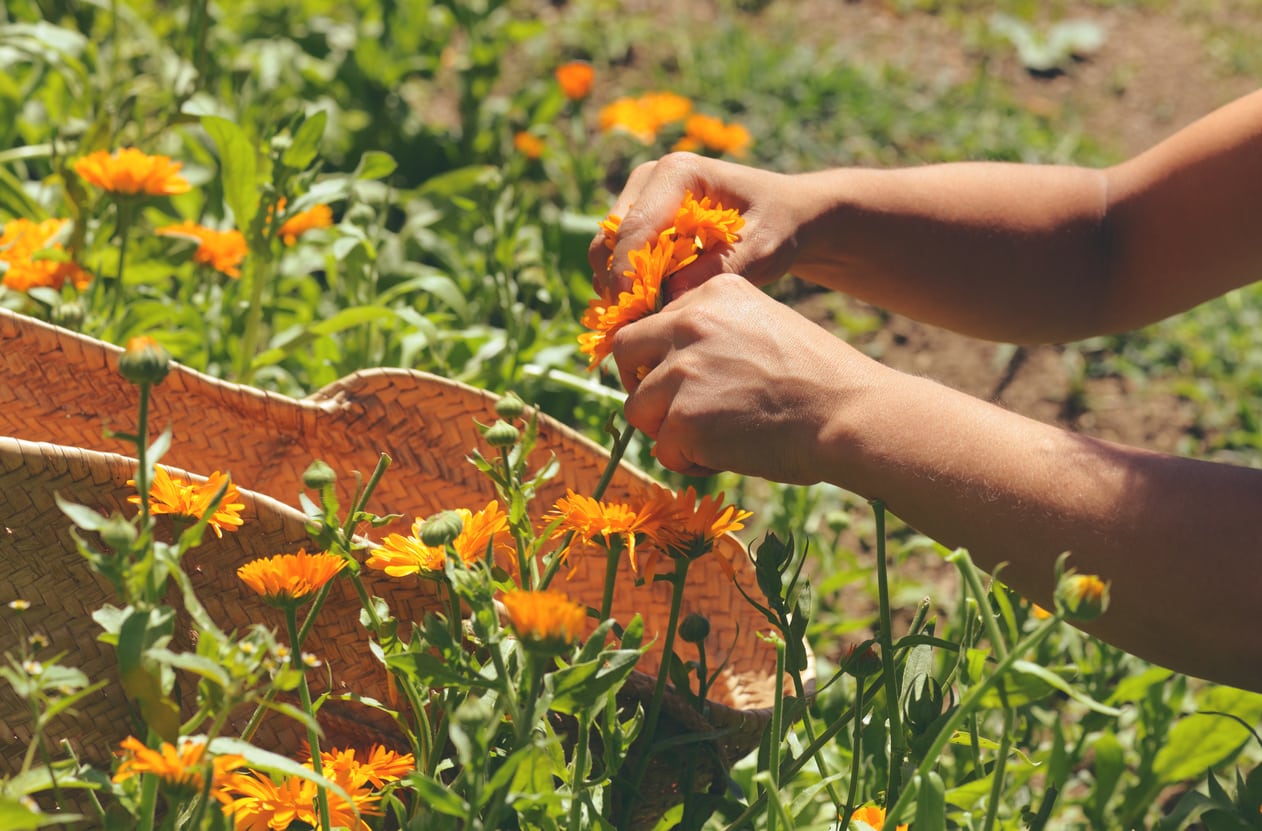 Guide To Calendula Deadheading – Removing Spent Calendula Flowers
Guide To Calendula Deadheading – Removing Spent Calendula FlowersWhile calendula deadheading isn't necessary, the process can improve the appearance of plants and make way for new buds to receive the sun's kiss. Some tips on how to deadhead a calendula will have your plant in season-long production. Learn more here.
By Bonnie L. Grant
-
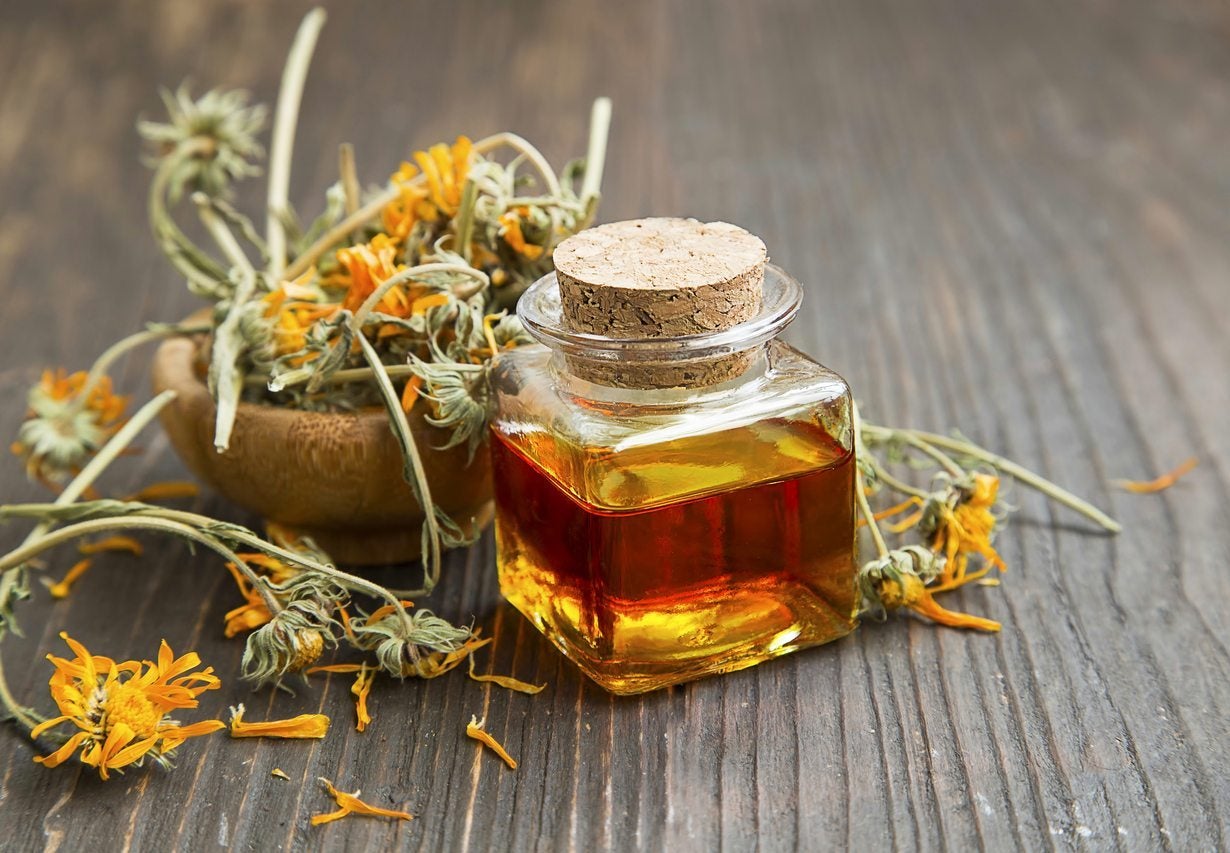 Calendula Oil Uses: Learn How To Make Calendula Oil
Calendula Oil Uses: Learn How To Make Calendula OilCalendula is certainly an important herb to have on hand. One of the simplest ways to take advantage of calendula's healing properties is by making calendula oil. Click on this article to learn how to make calendula oil for health and beauty.
By Darcy Larum
-
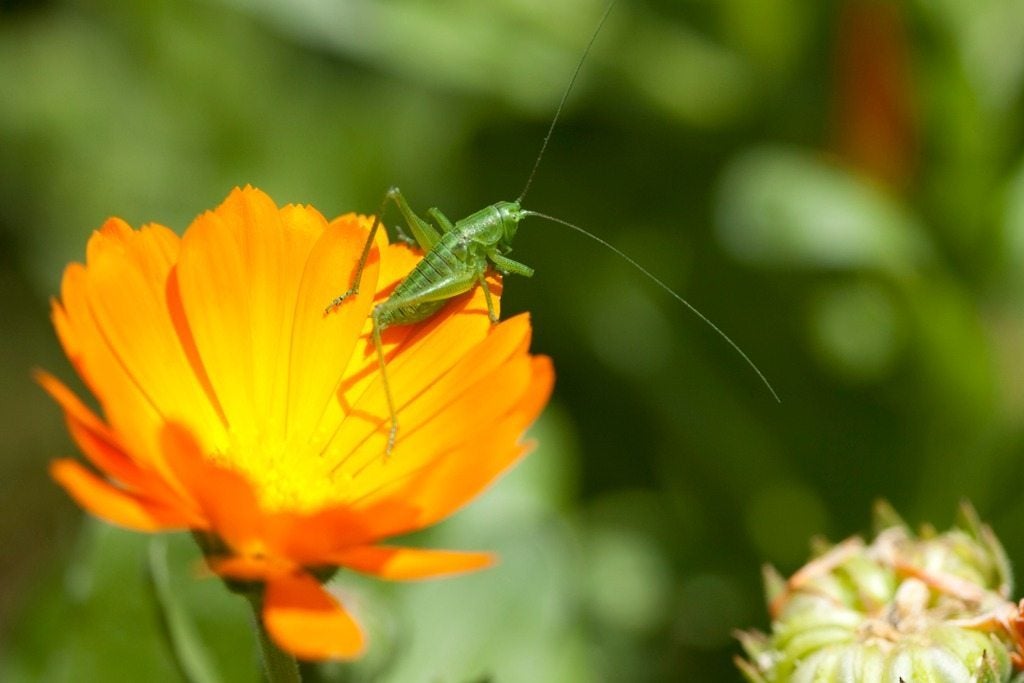 Bugs That Eat Calendula – Does Calendula Attract Pests To The Garden
Bugs That Eat Calendula – Does Calendula Attract Pests To The GardenWhile calendula grows like crazy with little effort on your part, the plants attract a number of good bugs, and are also susceptible to attack by certain harmful calendula pests. Click this article to learn more about the good, the bad and the ugly.
By Mary H. Dyer
-
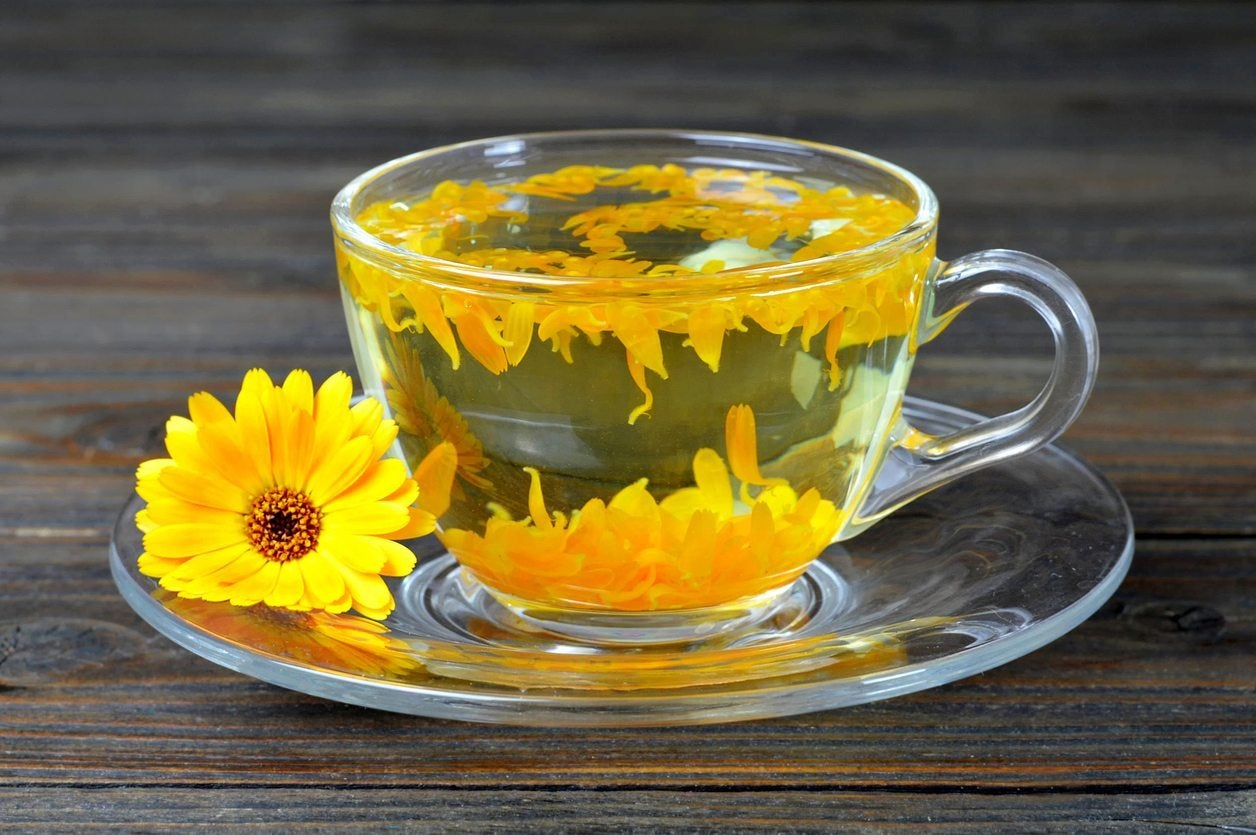 How To Make Calendula Tea – Growing And Harvesting Calendula For Tea
How To Make Calendula Tea – Growing And Harvesting Calendula For TeaA calendula flower is so much more than just a pretty face. Once you learn about calendula tea benefits, you'll have even more reasons to love this plant. If you are considering growing calendula for tea, then the following article will help.
By Teo Spengler
-
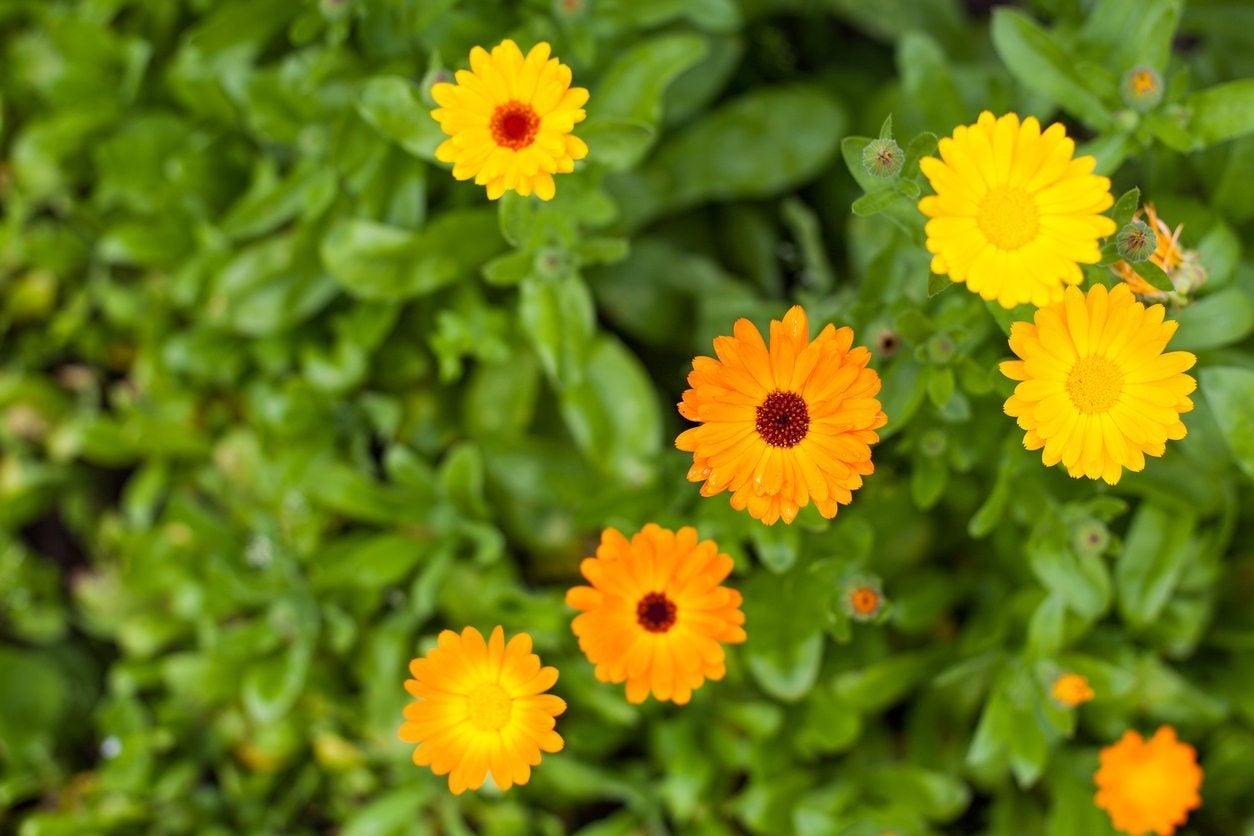 Types Of Calendula Flowers – Learn About Popular Calendula Cultivars And Species
Types Of Calendula Flowers – Learn About Popular Calendula Cultivars And SpeciesCalendulas are a cinch to grow and the bright colors add pizzazz to the garden from late spring to early fall. The hardest part of growing this prolific annual is choosing from more than 100 different types of calendula. Learn more in this article.
By Mary H. Dyer